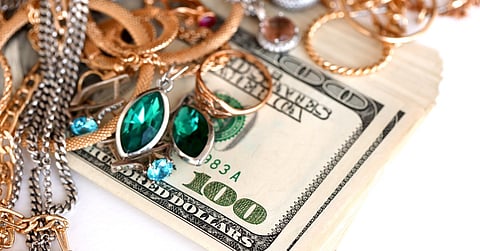
- Home
- About Us
- SOULIVITY TODAY Radio Show!
- COMMUNITY HUB
- GO SHOP by Soulivity!
- ColumnsColumns
- CultureCulture
- Lifestyle
- Contact Us!

Let’s face it. We all want to make profitable deals, especially on big-ticket items. Make sure your deals are worthwhile, whether you’re decluttering or refining your antique collection. Look no further than our quick guide on how to ensure you get a fair deal when selling antiques if you need help.
Thoroughly research the value of your antique. Use multiple sources such as online databases, antique price guides, and auction results. Websites such as WorthPoint, eBay, and Ruby Lane can offer valuable insights into what similar items are currently selling for. Essentially, knowing your antiques’ general value will give you confidence and a solid foundation for negotiations.
An expert appraiser can provide a detailed report that includes the antique’s history, condition, and current market trends. This report is a powerful tool for negotiating with buyers. Make sure to choose an appraiser who specializes in your type of antique to get the most accurate valuation.
High-quality photographs are essential for showcasing your antique, especially if you’re selling online. Take pictures from various angles to highlight intricate details. Use natural light whenever possible and ensure there isn’t any clutter in the background to keep the focus on your item. Good photos can increase your chances of making a sale.
Choosing the right platform ensures you get a fair deal when selling antiques. Online marketplaces such as eBay and Etsy cater to a broad audience, while antique stores and auction houses may attract more specialized buyers. Each platform has its pros and cons, so choose one that aligns with your selling goals.
For example, choose an auction house if you have a high-value antique painting because it reaches serious art collectors and generates competitive bidding. On the other hand, opt for online marketplaces if you’re selling a vintage jewelry collection since they attract buyers looking for unique items (and you can maintain control over pricing).
An important thing to consider when choosing an antique buyer is their reputation. Basically, you want a legitimate buyer to avoid scams. Check their reviews or ask for references. Consider using a third-party service to verify the buyer’s identity and ensure safe transactions for high-value items. Your goal is to find a buyer who values the piece and is willing to pay a fair price.
Patience is key when selling antiques. Be open to negotiation but know your minimum acceptable price. It’s essential to strike a balance between getting a fair deal and making the sale. Set clear boundaries to avoid underselling your valuable item.
Different selling platforms come with varying fees and commissions. Auction houses, for example, often charge the seller and the buyer. Online marketplaces might have listing fees or take a percentage of the final sale price. Understanding these costs upfront will help you calculate your net profit accurately and avoid surprises.
